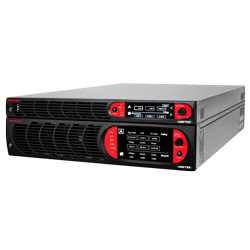Understanding MIL-STD-1275: Powering Up Military Vehicles
MIL-STD-1275 isn’t your average rulebook. It’s a military standard, a specific set of requirements for the 28-volt direct current (VDC) electrical systems that power military ground vehicles. This standard ensures all electronic and electrical equipment connected to this network functions properly and consistently across different vehicle platforms.

Here’s a breakdown of what MIL-STD-1275 covers:
Making Sure Everyone Speaks the Same Electrical Language:
Imagine a fleet of military vehicles, each with slightly different electrical systems. This standard creates a common ground (pun intended) by defining the exact voltage characteristics (28 VDC with specific ripple limits) that all equipment connected to the system must be able to handle.
Building Tough Equipment:
Military vehicles face harsh environments. MIL-STD-1275 ensures equipment can withstand not just normal operation but also the bumps and jolts of starting an engine (including voltage drops during cranking) and unexpected voltage spikes caused by lightning or other factors.
Keeping Things Clean:
Electronic equipment can be sensitive to electrical noise. MIL-STD-1275 doesn’t delve into how to achieve this, but it requires equipment to be compatible with relevant specifications that limit electromagnetic interference and ensure the system functions smoothly.
Testing, Testing1, 2, 3:
The last section of MIL-STD-1275 details how to test equipment to ensure it meets the standard’s requirements. This includes specific setups, environmental conditions, and procedures for simulating voltage fluctuations, spikes, and surges that equipment might encounter in real-world use.
In essence, MIL-STD-1275 is the invisible hand that keeps the electrical systems of military vehicles humming along, ensuring reliable operation even in the most demanding situations.


